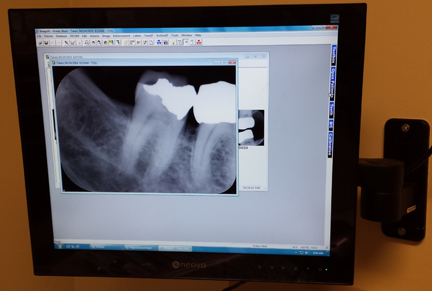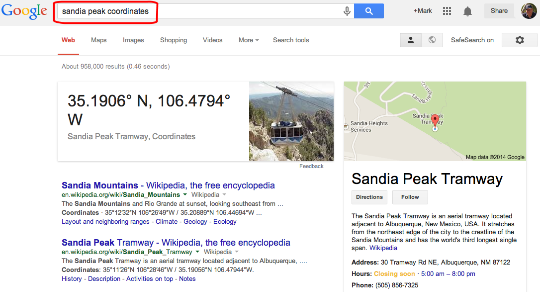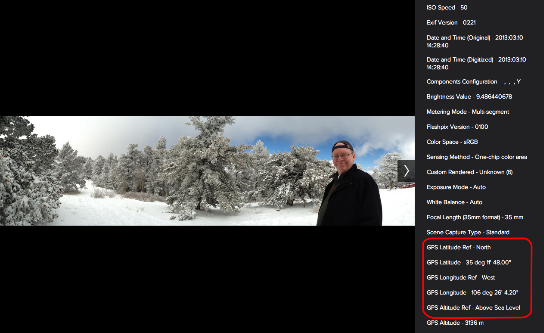Some years ago I remember a cable channel (Channel One) providing educational content was criticized because the content contained ads. I remember my reaction. If content a student viewed at home contained ads, why would content they viewed at school have to be different? At least the educational content was educational.
Today Google announced (see Google comment, EdWeek description) there would be no more ads in the free GAFE opportunities for students. I guess I understand the issue – parents may have a position on whether they want their children to be exposed to ads and schools using Google services may not be sensitive to the parents position. I do think it is more complicated than this. Google did provide a way to turn off the ads. Most parents probably don’t care because they allow their children to watch television which offers no on/off switch for ads. I often describe the reality of education vs. interesting ideas as the challenge of taking ideas that make sense for individuals and struggling to determine how to apply the ideas to a group. Typically, I am describing an idea someone has about a specific instructional idea (coding, making, etc.) that are ideal for some. It seems to apply to what and how we are willing to pay for education as well.
I wonder if anyone ever thought – we should say thanks to Google for allowing our students/children to use these valuable services without compensating Google. Do we somehow think we deserve such opportunities? Why? (Reminds me of the Chris Anderson book – Free: The future of a radical price).
![]()





You must be logged in to post a comment.